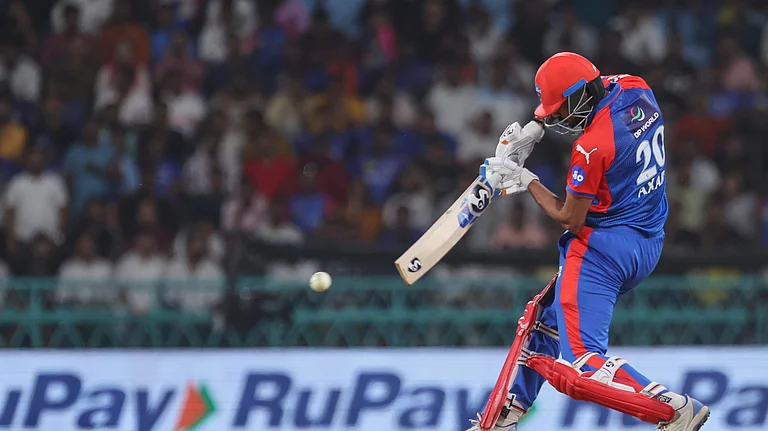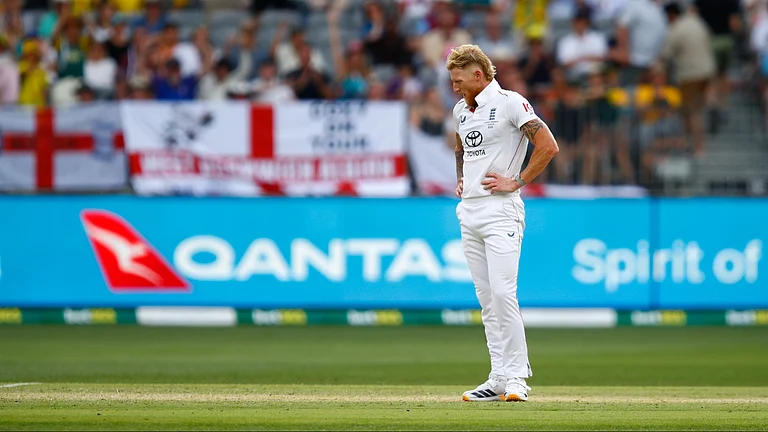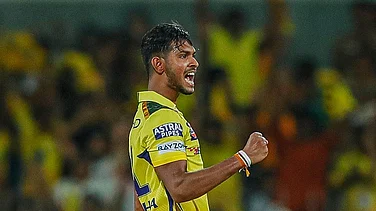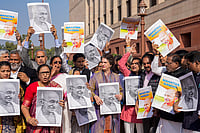BETTER late than never. Within 24 hours of assuming office as BCCI President, Raj Singh Dungarpur acknowledged the need to have a physical trainer for the Indian cricket team. A need that would have been addressed years back if sports administrators didn’t have tunnel-vision.
For example, not many people know that, plagued with an Achilles’ tendon injury throughout the 1996 World Cup, India’s star bowler Anil Kumble had to approach Sri Lank
an cricket coach Dave Whatmore for fitness advice during the joint Indo-Pak team match against the Lankans this February. And during the Singer Cup in Colombo, Kumble and Ajay Jadeja asked Whatmore to knotch up individual fitness regimens for them.
What more says what surprised him even more was "two Indian players doing heavy weights on the eve of one of their matches. That’s simply not done. But the players meant well. Unfortunately, there wasn’t anybody to tell them any better." In fact, while Ali Irani has been the Indian team physio for close to seven years, the team has never had a fitness programmer to work out individual exercise programmes, diagnose injuries and work out recovery patterns.
This, when the Indian team has probably the richest cricket board backing up. Says former team manager Sandeep Patil: "We felt the immediate need for a programmer and discussed that with the board. The Indian team doesn’t usually have even a week’s rest sometimes between tours and we desperately need a trainer to work out an annual training schedule for us."
So demanding are current-day fitness needs that a coach has to be knowledgeable about game skills, nutrition, psychology and physiology (which included strength building, injury prevention and diagnosis) and sports medicine. As Whatmore points out, "Since recovery patterns are still grey areas, injury diagnosis has to be top class."
And with modern-day cricket’s punishing schedule, it’s imperative that the final 11 be chosen on considerations not always based on their current form. Says Australian coach Geoff Marsh: "To think that the same 11 players can get through Australia’s itinerary for the next 18 months is crazy. To get through even next year, probably 16 players being will be used at the minimum."
It is in this context that a fitness expert’s role assumes significance. "Identifying individual fitness needs is important," says Marsh. "Mark Waugh, for instance, doesn’t need much of a workout. So imposing a strict regimen on him wouldn’t work."
While the Australians are the leaders in keeping pace with the fitness demands of modern cricket, South Africa is not far behind. And Sri Lanka woke up to this realisation when they were the only team without a physio in the 1992 World Cup. But India and Pakistan have still to streamline their regimen. Says Whatmore: "We are trying to keep the guesswork out of our fitness regimen. India and Pakistan aren’t."
The Lankan coach has started a daily data bank on his players. Dividing days into three categories—preparation days, match days and recovery days—each Lankan player has to fill up a form detailing his daily physical activities. For instance, players have to write how many overs they bowl or the time they spend batting. And if a player does more than his normal quota, his exercise load for subsequent days is reduced.
Each Lankan player does 800 sit-ups a week and one or two weight sessions, depending on his worked out needs. While bowlers need more weight sessions or anaerobic exercises to build their strength, a player like Asanka Gurusinghe has been prescribed more running. In his fitness tests on the Lankan players, trainer Alex Kountouri found that 50 per cent of the players weren’t taking in sufficient fluids or the right kind of fluids. Says Whatmore: "Roshan Mahanama was cramping up so much because he wasn’t replacing his body fluids with sufficient salts."
The needs of teams are not restricted to fit-ness alone. Whatmore has organised sessions for his team on how to stay calm under pressure. Dr Noel Blundell of the Victorian Institute of Sports has been lecturing the Lankan players on techniques to maintain concentration during matches, a sports psychology discipline. But with the Board just recognising formally the need for a trainer, for a sports psycholgist to be attached to the team is still a long way off.






















